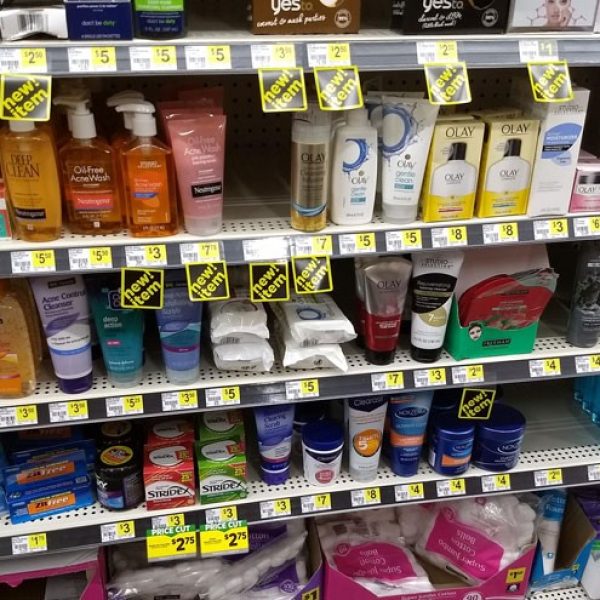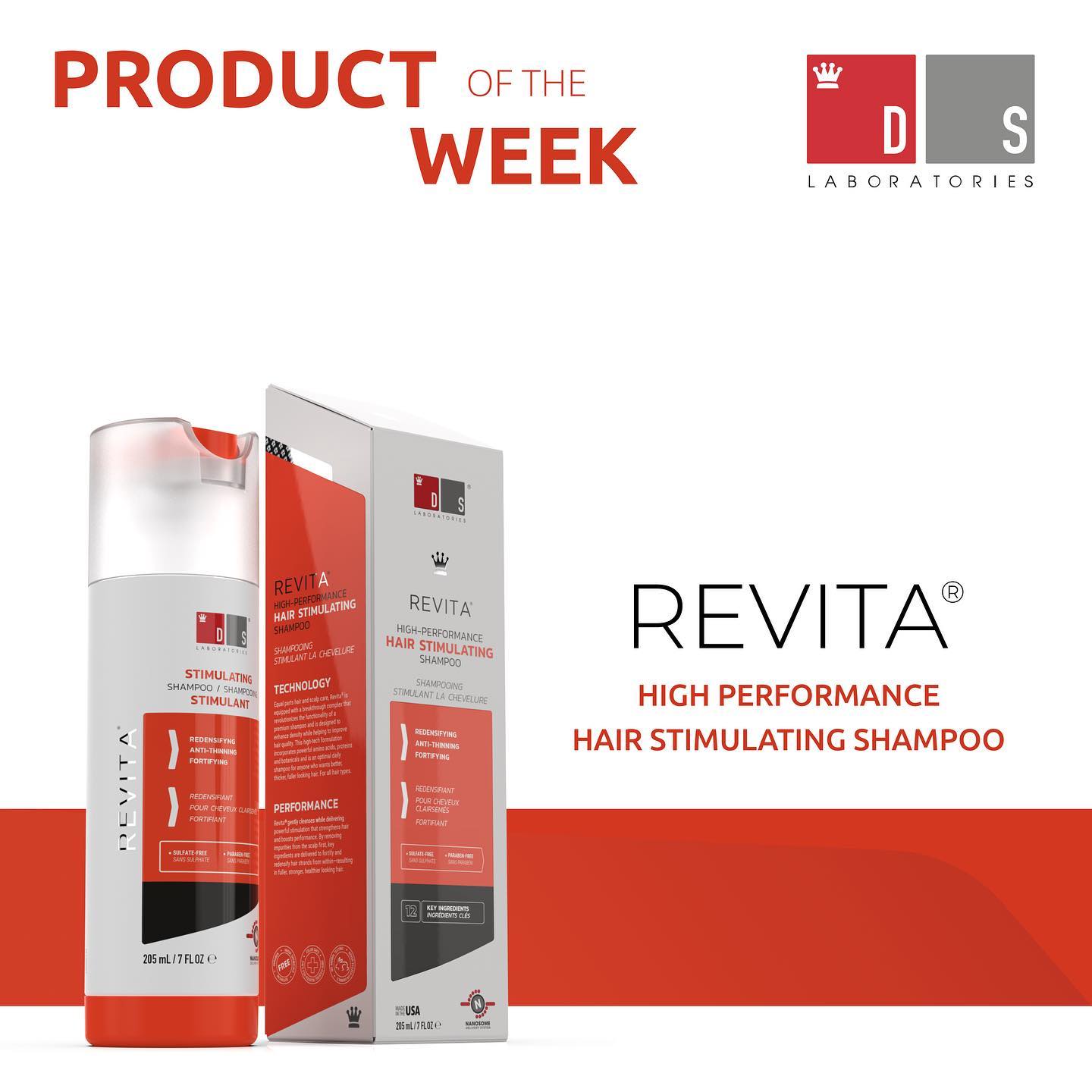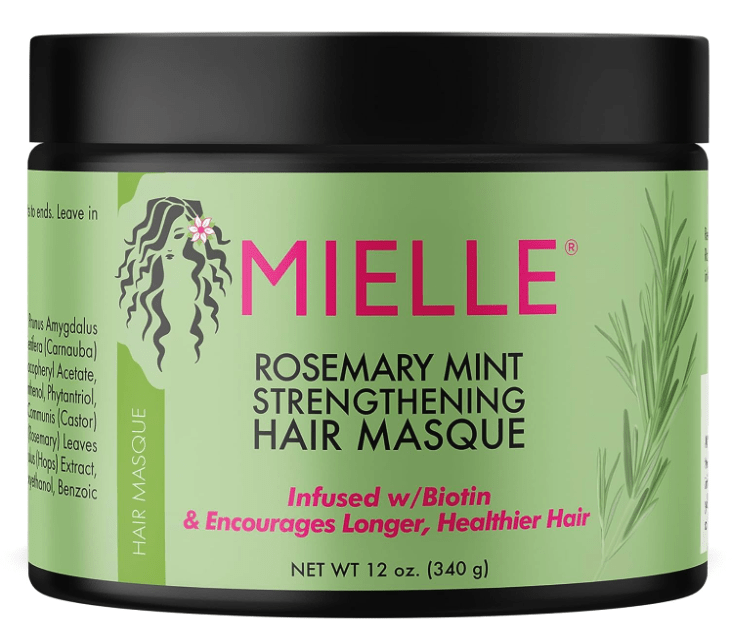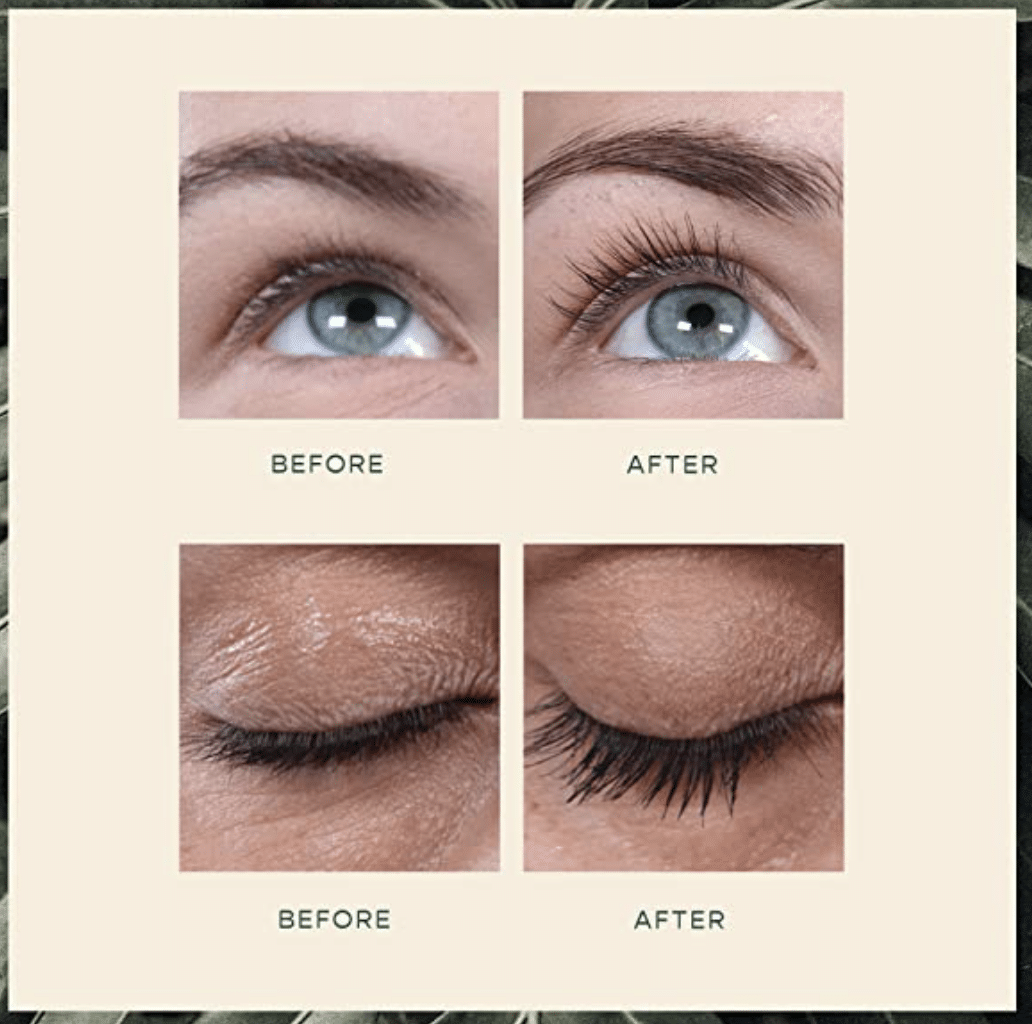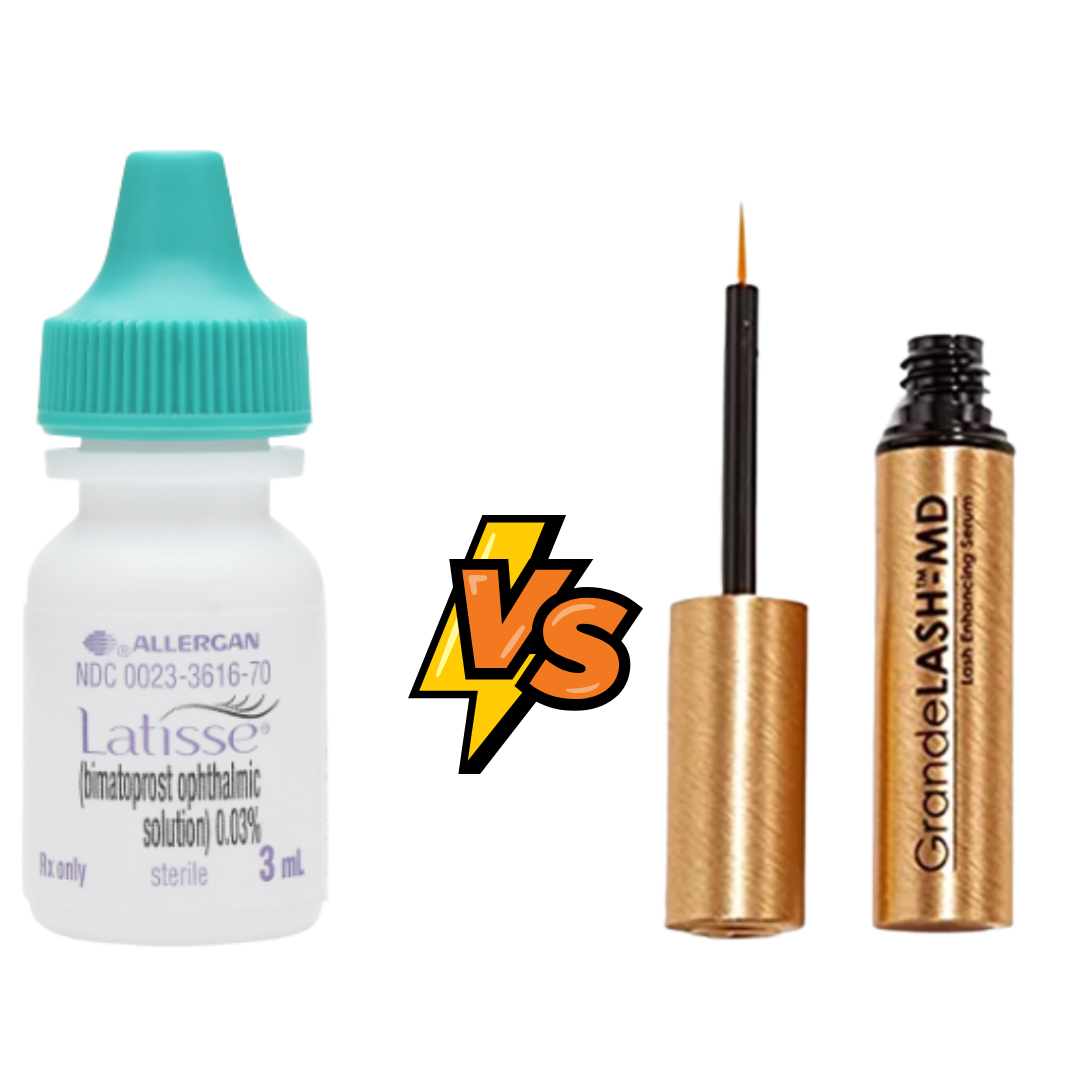A review of common ingredients found in 5 popular face washes and 3 more natural and affordable alternatives.
There are a dizzying number of face washes on the market. You can spend big bucks at a department or specialty store or just a few dollars at a big box retailer. Either way, you might be surprised by the ingredients found in your face wash. It’s not just a question of avoiding chemicals that might be toxic or too harsh on your skin — it is also a question of efficacy and value for your money. Do the ingredients in your face wash give you clean skin at a reasonable price, or are you “washing” your money down the drain?
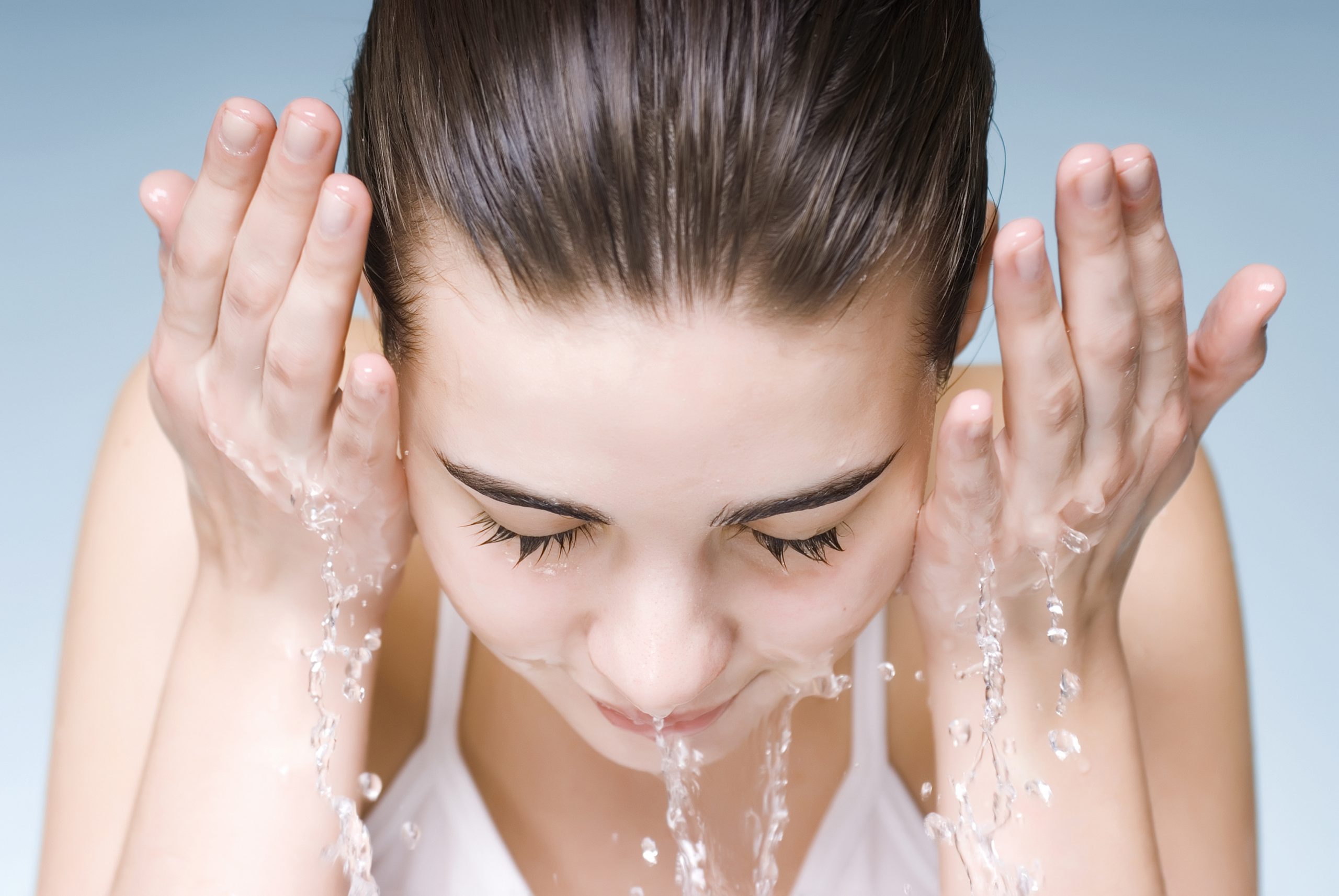
Does the marketing live up to the hype?
In their marketing campaigns, companies make a lot of promises about what their face wash can do for your skin, and there are plenty of face washes on store shelves that claim to be “natural” and use “gentle” ingredients. But companies do not need approval from the FDA for the ingredients they put in cosmetics, except certain coloring additives. And while cosmetics makers can be held liable if they make a product that puts consumers in danger, the burden is on the consumer to take them to court and prove they knowingly put you at risk by exposing you to specific ingredients — take the lawsuits regarding a supposed link between talcum powder and cancer as an example.
So smart shoppers should ignore the marketing slogans and read the ingredients.
We’ve analyzed the ingredients of five popular face wash brands that we found on the shelves of a local big-box store:
So what exactly are some of the ingredients in your typical off-the-shelf face wash, and do they work? While companies are required to list the ingredients in cosmetic products using common names, sometimes it feels like you need a chemistry degree just to pick out soap. So let’s first break down a few of the common ingredients we found in all or most of the five products
Water
All five of the face washes we selected have water as the first ingredient. You will probably find this is the case in most liquid cosmetic products. When you buy a bottle of liquid face wash off the shelf, a lot of your money goes towards shipping the liquid water inside it. It’s also worth noting that the presence of water in the product typically means the manufacturer also needed to include preservatives, emulsifiers, and other chemicals to make the product shelf-stable. But if you still prefer to buy liquid face wash over simpler alternatives (which we will list at the end of this post), then you might get more for your money with a bar soap. For example, the Neutrogena Transparent Facial Bar typically sells for 78.6 cents per ounce compared to 91.7 cents per ounce for the liquid face wash.
SURFACTANTS & EMULSIFIERS
Many face wash ingredients with confusing names can be categorized as surfactants and/or emulsifiers. Sodium Lauryl Sulfate (found in all five products we analyzed) is perhaps the most well-known and controversial. Other common ingredients that fall in this category include: sodium C14–16 olefin sulfonate, Cocamidopropyl betaine, sodium hydroxide, PEG-80 sorbitan laurate, PEG-16 Soy Sterol, and Sodium Lauroamphoacetate. Emulsifiers keep the ingredients in the face wash mixed together. Surfactants lower the surface tension of water. In other words, they make water “wetter” so it will remove dirt, oil, and other undesirable things from your skin. They also help give face wash the foamy texture we have all come to associate with deep cleaning (think scrubbing bubbles for your face). These chemicals can be either naturally derived or synthetic. Some surfactants and emulsifiers are created using a process called ethoxylation — look for ingredients starting with PEG for examples. The process can create a byproduct called 1,4-Dioxane which is a known carcinogen and has been found to be contaminating some cosmetic products. However, the FDA does occasionally monitor products for levels of 1,3-Dioxane and has seen a significant decrease in contamination since it began doing so in the 1970s.
Parabens
Found in three of the five face washes we analyzed (Aveeno, Biore, and Cetaphil), parabens are preservatives. The main job of parabens is to prevent microbes from developing in the liquids. Of the eight total ingredients in the Cetaphil, three are parabens (Methylparaben, Butylparaben, Propylparaben). This makes us expect that water makes up a very large portion of the recipe. Parabens are controversial because they have the ability to mimic estrogen. This has led to concerns that exposure to parabens could lead to infertility and increased risks of certain cancers. The FDA has not taken any action against the use of parabens because the law only allows them to do so if there is enough reliable scientific evidence showing that the ingredient causes harm to humans. Meanwhile, the cosmetic industry maintains that parabens are safe and effective at keeping harmful microbes out of beauty products.
Fragrances
This category of ingredients seems straightforward enough — fragrances are added to make both you and the product smell nice. In truth, it is a little more complicated than that. When you see fragrance listed on a cosmetic product, it is not one single ingredient. It is typically a mix of many ingredients which do not get listed on most ingredients labels.
Cosmetic companies are not required to share the exact ingredients in order to protect the secrecy of their proprietary recipes. But some companies are beginning to offer more transparency about fragrance ingredients. For example, Proctor and Gamble has committed to “share online all fragrance ingredients down to 0.01 percent for its entire product portfolio in the U.S. and Canada by the end of 2019”.
You can already read a list of possible ingredients found in P&G cosmetic products. The length of the list (69 pages) reveals just how many non-listed ingredients you might find in your face wash if it includes fragrance in the printed list.
Emollients & Skin Conditioners
Emollients and skin conditioners are ingredients that moisturize the skin. These are important because other ingredients will remove the natural oils that keep your skin soft. Emollients and conditioners can be either synthetic or botanically derived.
For example, glycerin is a popular choice for cosmetics and is the second ingredient in three of the five face washes we analyzed (Avenno, Biore, Oil of Olay). Glycerin can be synthetically derived or be sourced naturally from animals or plants. Other examples of emollients and skin conditioners in the five products include Propylene Glycol, Castor Oil, Sorbitol, and Ethylhexylglycerin.
Acne-Fighting Ingredients
Two of the face washes include ingredients designed specifically for treating and preventing acne. The Neutrogena Oil-Free Acne Wash contains Salicylic Acid. A beta-hydroxy acid, Salicylic Acid is a common ingredient in acne-fighting cosmetics. The main concern about this ingredient is that it can make your skin more susceptible to UV radiation. There are more natural alternatives available, however. The Biore Deep Pore Charcoal Cleanser contains charcoal powder, for example. This natural ingredient is claimed to help remove dirt and oil from skin to prevent and treat acne, though there is little scientific evidence available about its effectiveness.

